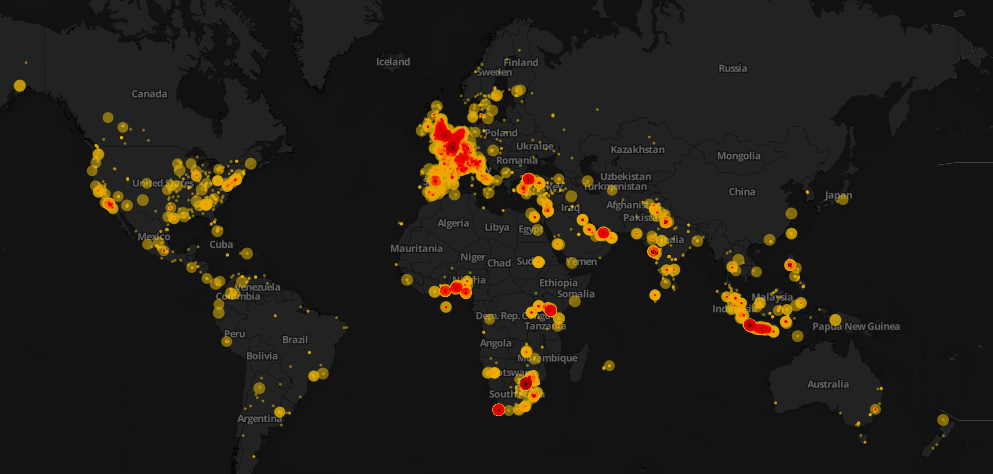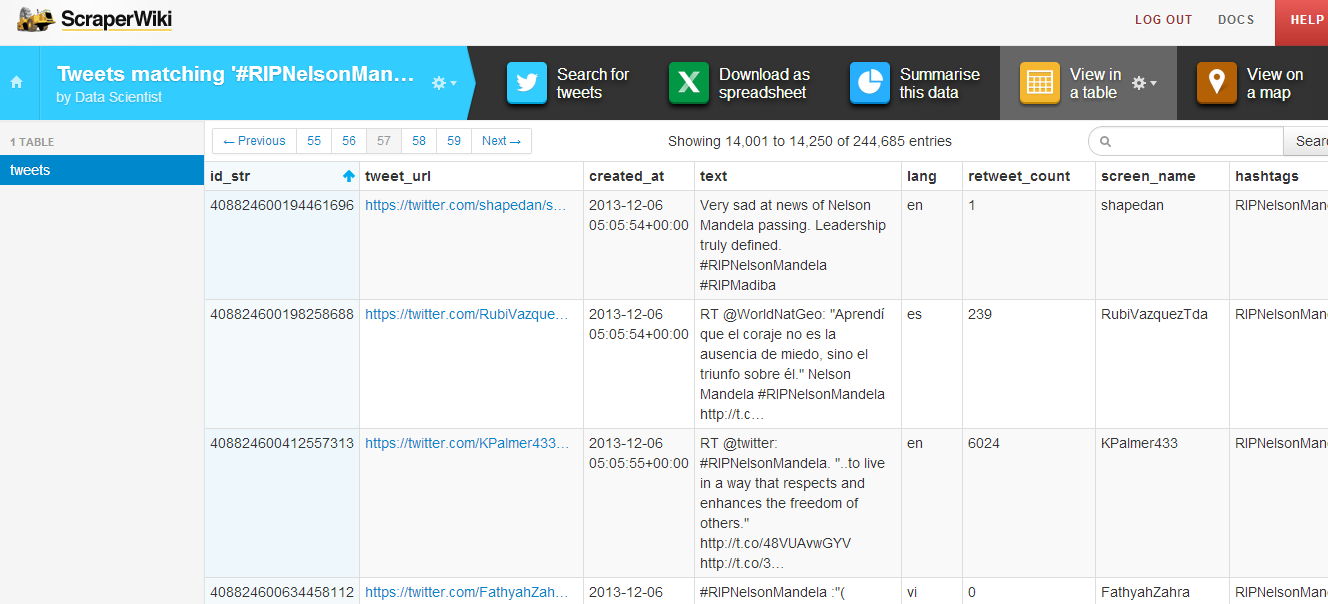Data Roundup, 19 February
Marco Menchinella - February 19, 2014 in Data Roundup

Joriel “Joz” Jimenez – Lego Castle Advent Calendar
Every data addict knows that each file containing numbers in rows and columns must be filtered and cleaned first. The Data Cleanser help you doing it by rapidly removing duplicates. Try it here.
The Partnership for Open Data officially launched the Impact Stories Competition. Submit a story on how open data has positively changed the community you live in and get the chance to win 1000 dollars.
Data Stories
The Guardian Data Blog ranked the biggest cities in the world according to their cost of living and to the average price paid for a 1kg loaf of bread. Read more about how the economy is changing in countries’ capitals here.
Matthew C. Klein works for the Bloomberg View and recently succeeded in transforming complex financial and economic data into a story told through a series of attractive visualizations. How We Spend is the title of the project, and it absolutely deserves to be seen.
As I am a fan of curious infographics, here is one on the saying Practice Makes Perfect from Daily Infographic.
Shane O’Neill from InformationWeek interviewed Phil Simon, technology expert and author of the book ‘The Visual Organization’ where he discusses the importance of turning data into visualizations. Take a look at it here.
If you are passionate about history and you live in Washington D.C., here is an interesting article from the Washington Post on D.C. historic houses you might want to see.
Young or aspiring data journalists may take inspiration from this (very short) interview with Duarte Romero Varela, a graduate student from Birmingham University who talks about his first impressions of working for Infogr8.
Have you ever seen conditional probability visualized? No? Well, now you can admire this beautiful visual explanation of it made by Victor Powell for Setosa.
The Economist published an interesting short article showing when and how Lego became one of the leading toy brands in the world. Read about its expansion in ‘Empire Building’.
Data Sources
Dyanna Gregory and Trina Chiasson from Infoactive are leading a wonderful project called Data Made Simple aimed at realizing a free e-book on the fundamentals of data visualization. Help them here by filling a short survey.
Pie charts are probably the most hated way to represent data. If you tired of them and you are looking for good alternatives Helpmeviz explain here how to avoid and replace them with better graphs.
Credits
Thanks to @EdRamthun and @stelldirvornet!




